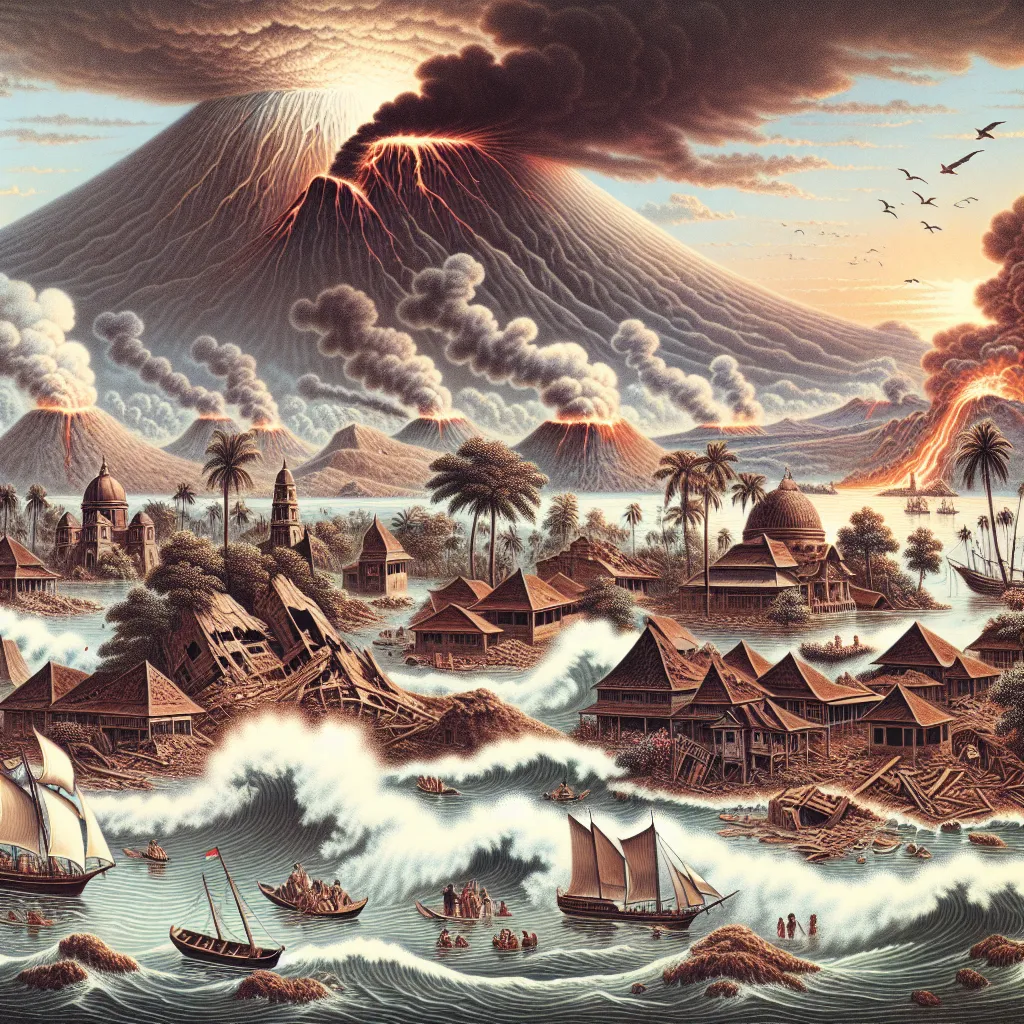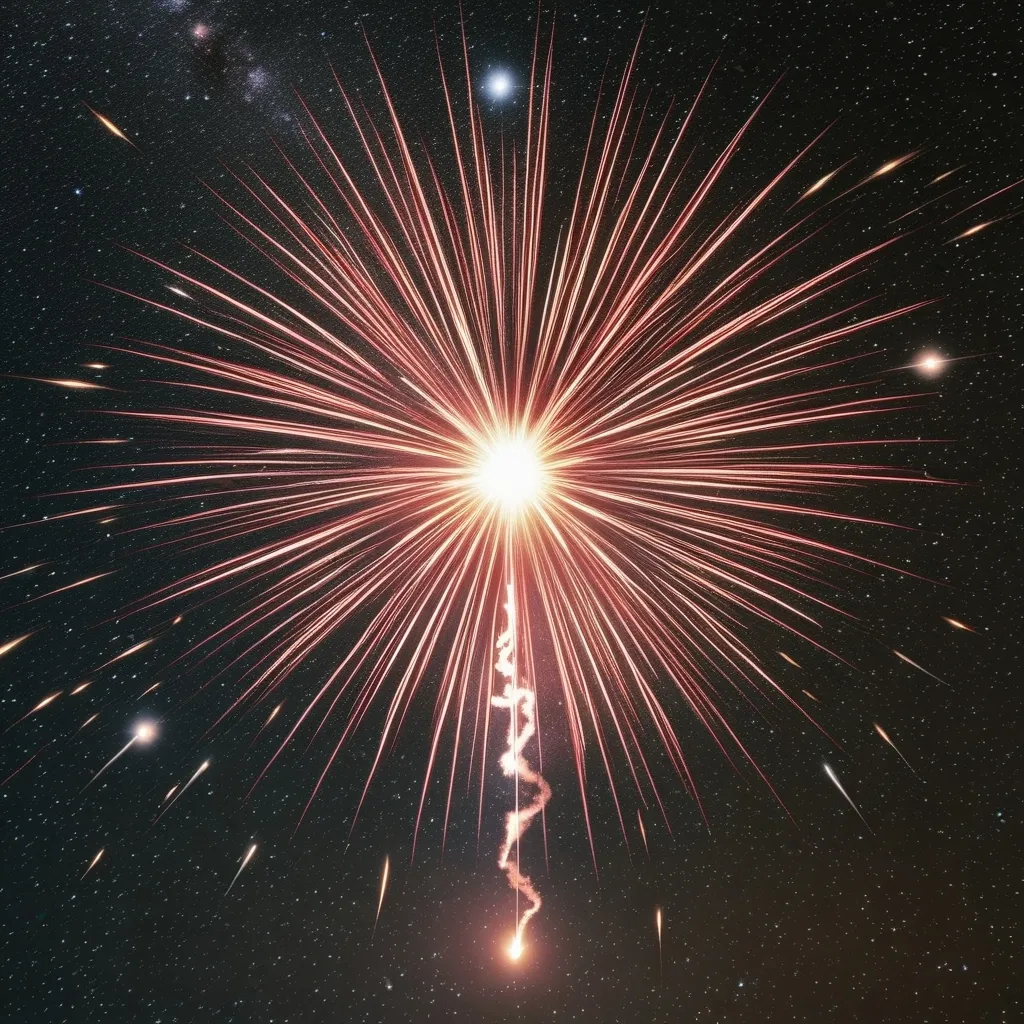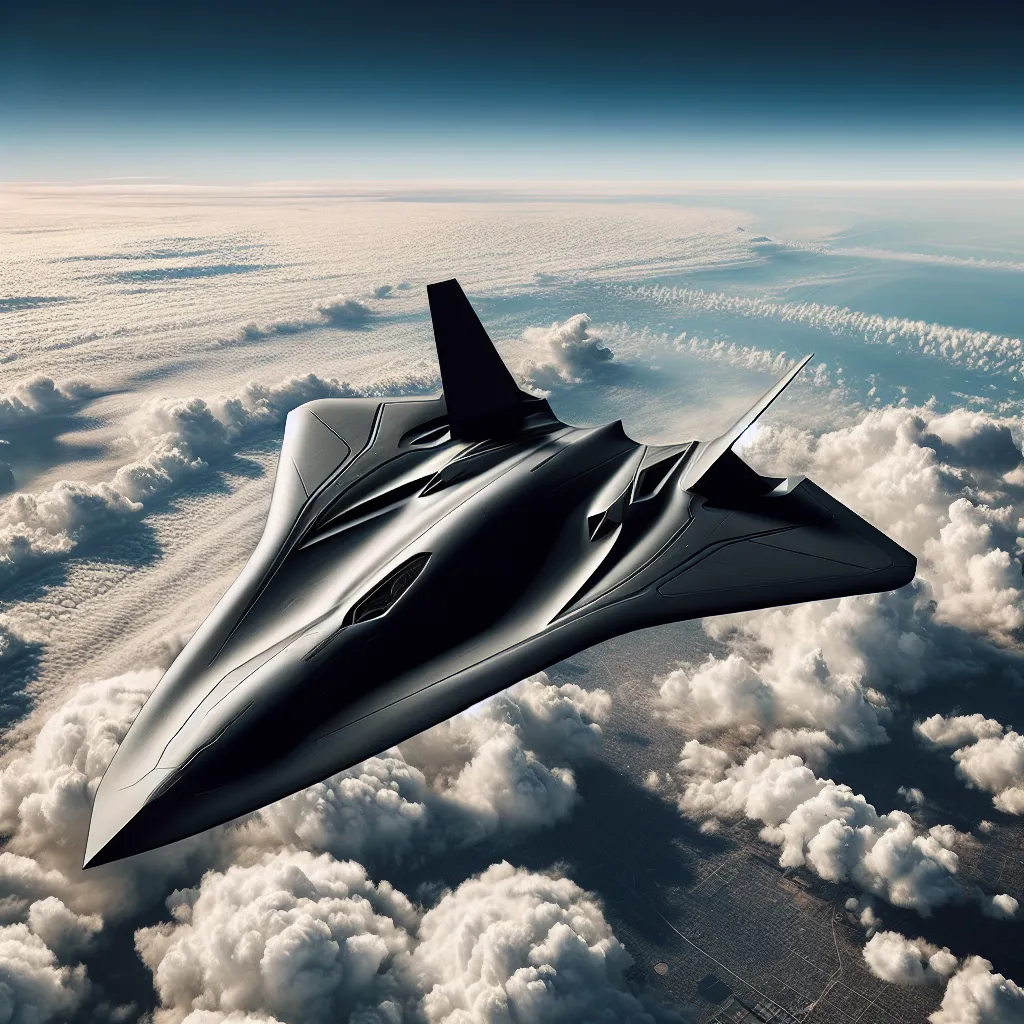In January 2005, Asia was still grappling with the aftermath of the 2004 tsunami, a disaster that claimed over 250,000 lives. Unfortunately, this was not a one-time tragedy; the region had experienced similar catastrophic events in the past and will likely face them in the future. One such event occurred 122 years earlier in Indonesia, though it was caused not by an earthquake but by a volcanic eruption from Krakatoa.
On August 27, 1883, the uninhabited island of Krakatoa exploded with the force of 150 million tons of TNT, creating a sound heard over one-twelfth of the Earth’s surface and causing a shock wave that traveled around the planet seven times. This eruption led to a series of massive tsunamis, twice the height of those in 2004, obliterating 165 Indonesian towns and villages and killing over 36,000 people. News of this devastation spread quickly, and scientists struggled to understand the geological forces behind it.
Krakatoa’s eruption became a landmark event in the field of volcanology, marking the first time a large explosive eruption had so many global observers. These eyewitnesses provided a synoptic picture of volcanic activity, emphasizing the sheer power of Earth’s natural forces. The devastation was not just from the erupting magma but predominantly from the tsunami, similar to the 2004 disaster.
Indonesia’s archipelago, including major islands like Java and Sumatra, sits in one of the planet’s most volcanically active zones. Here, the Indo-Australian and Burmese tectonic plates collide, causing frequent volcanic eruptions and earthquakes. Krakatoa itself was a product of these tectonic pressures. After centuries of smaller eruptions, a plug of viscous magma blocked its throat, leading to an explosive buildup.
For three months in 1883, Krakatoa’s activity seemed to lull, but seismic unrest continued. Then, on August 26, Krakatoa erupted violently. By the following morning, massive explosions had occurred, with the climax coming just after 10 AM, producing a sound heard as far as Perth, Australia, and Rodriguez Island in the Indian Ocean. This explosion generated tsunamis that devastated the coastal areas of Java and Sumatra, killing tens of thousands.
Among the victims was the family of a Dutch colonial official, Willem Beijerinck, while others like the crew of the Dutch ship Governor General Loudon narrowly survived. In the aftermath, the world experienced global climatic effects, including spectacularly vivid sunsets influenced by volcanic ash in the atmosphere, a phenomenon recorded by artists and scientists alike.
Though Krakatoa was largely destroyed, its legacy continues. Anak Krakatoa, “The Child of Krakatoa,” began emerging from the sea in 1927. This new volcanic island has been growing rapidly and has the potential for future catastrophic eruptions.
Today, Krakatoa’s story serves as a sobering reminder of nature’s raw power and the importance of scientific vigilance. Understanding these geological forces and preparing for their inevitable resurgence is crucial, especially for a world increasingly prone to such natural disasters.






